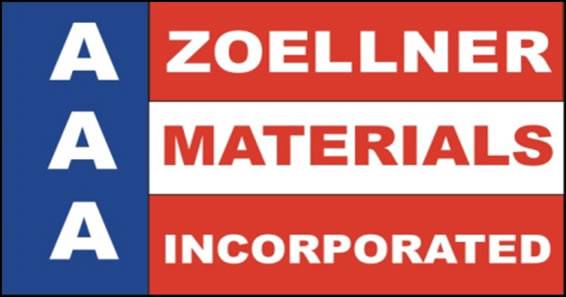Placing & Finishing
Placing
Plan your concrete project very carefully. Immediate weather and time of year can be vital factors affecting the desired outcome of your project.
Make sure to prep the desired area properly. It should have good drainage, be free of all organic debris, at the correct dimensions, depth, and be well-compacted (ideally using 1” or smaller clean gravel). If required, also make sure that you have properly placed any jointing materials, rebar, or wire-mesh.
Moisten the prep site just before the concrete arrives.
Chute, wheelbarrow or shovel concrete directly to its final position. Don’t dump it in piles and drag or rake it the rest of the way. On a slope, use stiffer/drier concrete. Spread the concrete using a square-ended shovel, a concrete rake, or a come-along. Tamp the concrete with a spade along the edges of the form to release air voids and consolidate the concrete. All concrete should be placed as soon as possible after the mixer truck is loaded. Shorten this time in hot weather. Delays after the concrete arrives can create problems in finishing and reduce final quality. Also, protect any freshly placed concrete from the hot sun, high winds, or freezing temperatures.
Use a lumber or metal straight-edge (screed) to strike off the concrete and level it. Keep a little concrete in front of the screed to fill in any low spots. Repeat, if necessary.
Float the concrete to embed the large aggregate as soon as it has been struck-off. Floating must be done before visible bleed water (water sheen) rises to the surface.
Finishing
Wait for the concrete to stop bleeding. After bleed water has evaporated broom or float the surface. If hand tooling is necessary, cut control joints and edge while the concrete is still plastic.
For the final finish, use a broom, particularly on exterior slabs, as this is most durable finish. Where a smooth finish is desired, such as on a garage floor, use a wooden float finish. Do NOT machine float or use a hand trowel. Never use a steel trowel on concrete exposed to the weather. Never sprinkle water or cement on concrete while finishing it
Related Services
Cold Weather
Cold Weather Concreting As Fall becomes Winter, the process by which concrete is placed and finished slows in direct relation to temperature drops.


